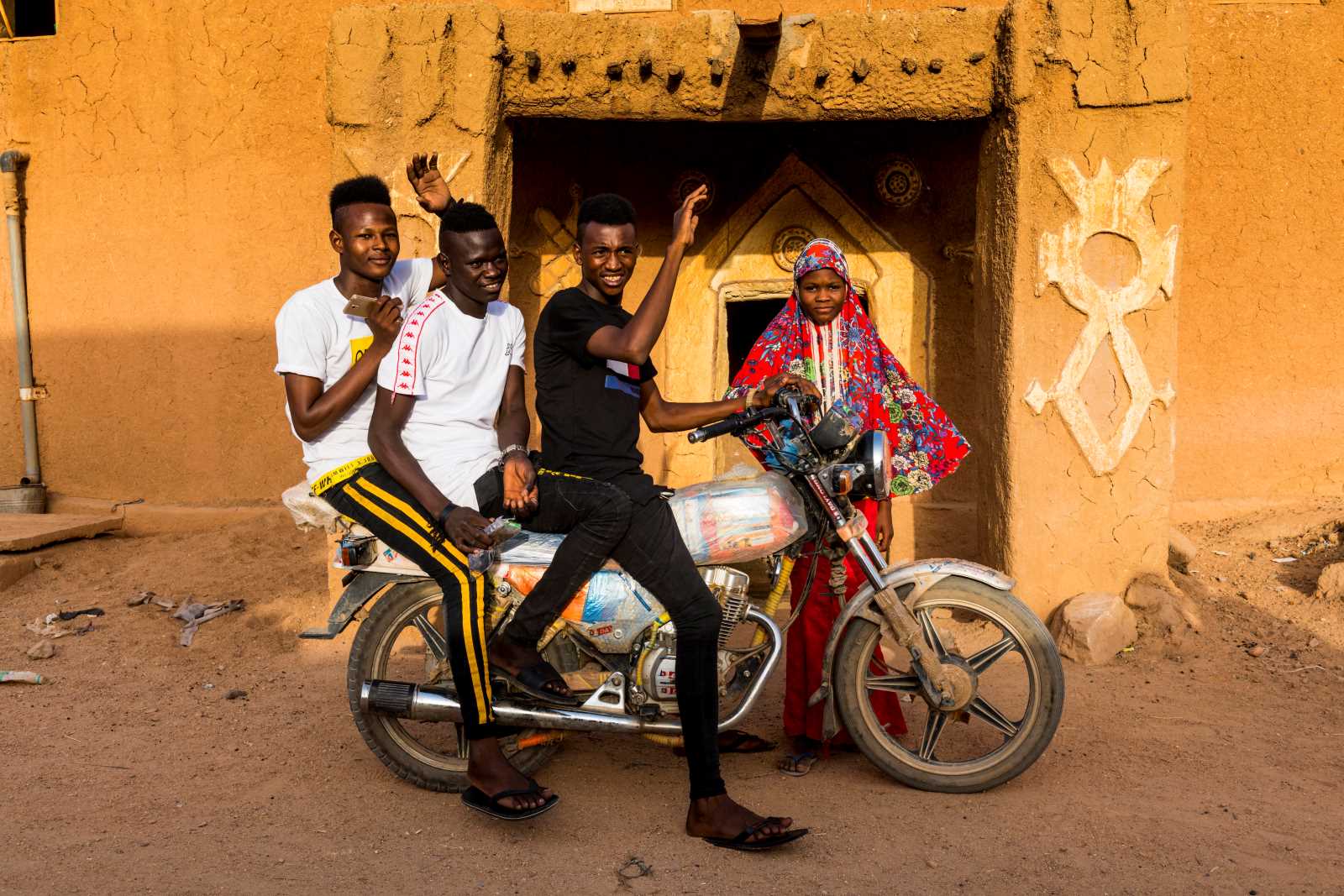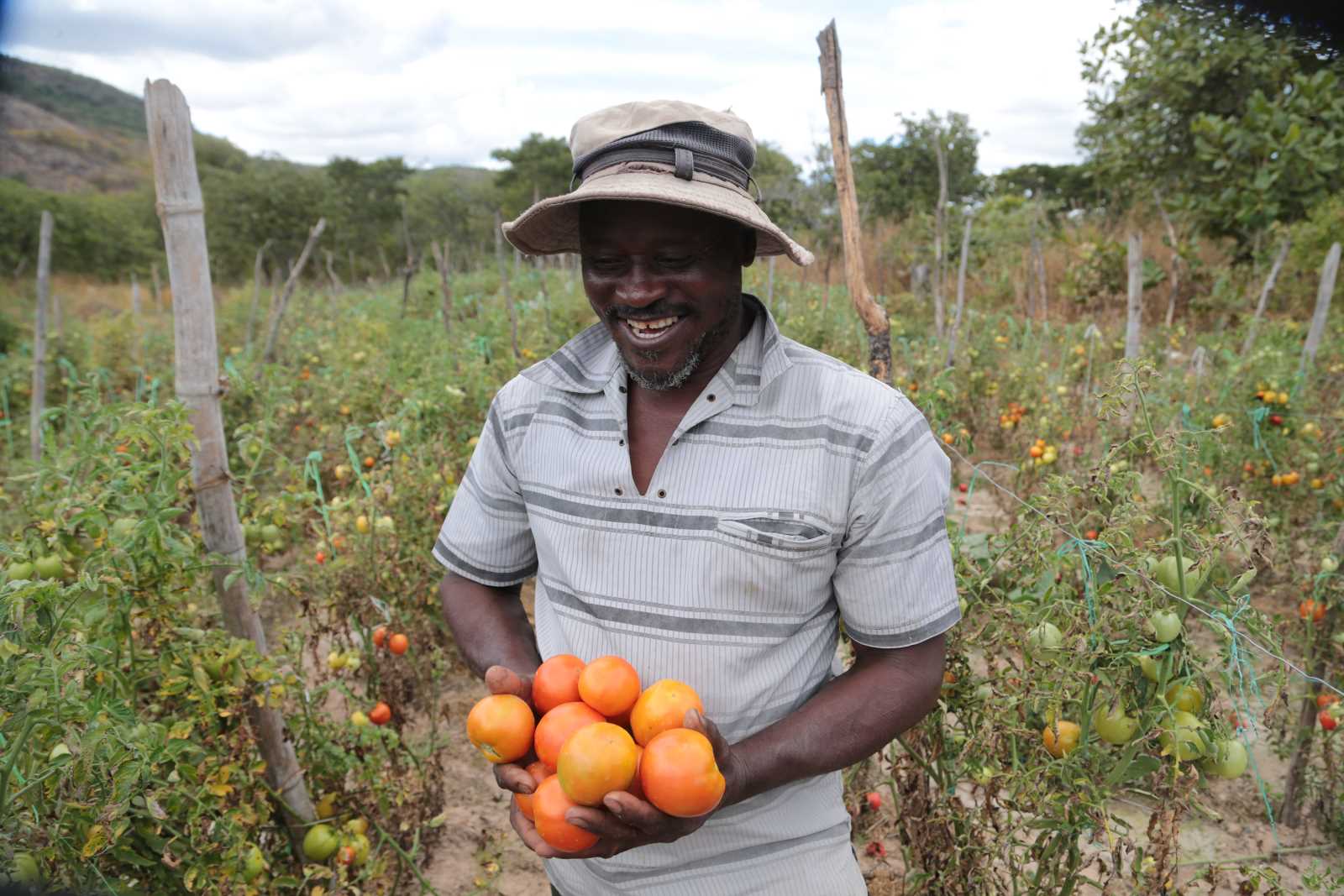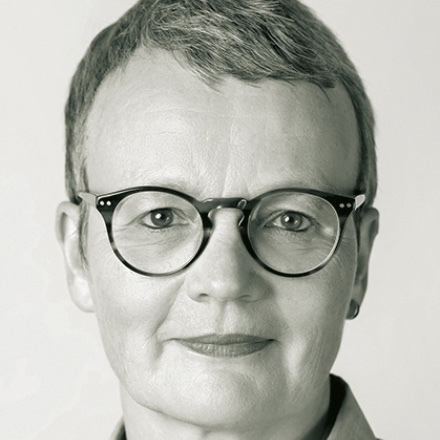Inclusion
One billion people overlooked

In international policy debate, high levels of inequality and inequity are gaining increasingly more attention. One important cause of inequality is the exclusion of persons with disabilities. The Millennium Development Goals neglect of exclusion is likely to have reduced its effectiveness.
Disability is experienced by at least 1 billion people around the world and many are excluded from social, economic and political life. In this article we argue that it is important and feasible to include persons with disabilities in the new post-2015 framework, and that it should be embedded in a wider discourse around inequalities and inequity.
The number of persons with disabilities and the various forms of discrimination they face are important reasons for tackling disability issues in international policy making. The World Report on Disability, which was published by the World Health Organisation (WHO) and the World Bank in 2011, suggests that at least 15 % of the world population is living with some form of disability.
Disability and poverty are mutually reinforcing. On balance, disability is linked to a higher probability of being poor. Persons with disabilities are typically discriminated against in terms of education, health care, employment and opportunities in general. They face political exclusion and are likely to be disempowered within their households and communities.
Persons living in poverty, in turn, are more likely to be malnourished, in low quality employment, subject to difficult living conditions and to be exposed to environmental hazards. All of this increases the likelihood of disability.
For these reasons, the inclusion of persons with disabilities is necessary for sustained poverty reduction. This must happen in the fields of education, vocational training and employment, so the persons affected can make independent life choices and are empowered to social, political and economic participation in meaningful ways.
To the extent that inclusion is achieved, household and community members may spend less time on care and have more scope for education and paid employment. The pro-active inclusion of persons with disabilities therefore reduces the socio-economic costs of marginalisation (TST 2013). It is true that a focus on the equality of life chances will require additional resources, including social transfers to be directed to persons with disabilities. However, spill-overs – for instance, in terms of more accessible transport, information and infrastructure – are likely to benefit society as a whole and in particular older persons and children.
The understanding of these issues has shaped many international agreements. The most prominent is the Convention on the Rights of Persons with Disabilities (CRPD) which was passed by the UN General Assembly in 2006. After its ratification, many countries initiated strategies and measures, generating knowledge and learning on how to improve inclusion of persons with disabilities. Germany developed its national action plan for implementing the CRPD in 2011, and the Federal Ministry for Economic Cooperation and Development (BMZ) elaborated its own action plan (2012).
The international community has recently affirmed that the post-2015 agenda should seek to counter important inequalities in life chances, and that these are often linked to group-based characteristics including disability. It has also recognised that an important shortcoming of the MDGs was that governments often directed their efforts towards the comparatively better-off among persons living in poverty and neglected the more disadvantaged persons. The race to lift as many people as possible over the poverty line meant that those living in severe poverty did not get sufficient attention.
The growing awareness for disability is evident in many recent policy papers, including the outcome documents of the Rio+20 Summit and the High-Level Forum on Aid Effectiveness in Busan. Moreover, the first of the “transformative shifts” proposed by the High-Level Panel of Eminent Persons on post-2015 was the principle “leave no one behind” (see D+C/E+Z 2013/07–08, p. 278 ff.).
The way forward
However, it is not enough to mention the issue. Disability rights must be part of the final post-2015 agreement and in the monitoring systems. Key options include:
- incorporation of human-rights principles, including the CRPD, at the heart of the framework, an umbrella equality goal, in which disability inclusion would need explicit mention to ensure consequent action, and
- a focus on equality, and by extension, inclusion of persons with disabilities, across goals and targets. This has the most potential to ensure the systematic reduction of access barriers to services, especially health, education and infrastructure, the most-frequently proposed targets could act as “stepping stones” (Watkins 2013) to reduce disparities progressively over time, from the first days of implementing a new framework.
It is necessary to improve the collection of data on persons with disabilities to know more about their exclusion. Indicator disaggregation is also extremely relevant. This would fit the High-Level-Panel's call for a "data revolution".
Several actions would change both policy making and monitoring:
- Countries and organisations could include short surveys or disability modules in standard household surveys. To facilitate international comparison, the Washington Group designed such a short list of questions in 2006. The WHO and the World Bank have also drafted a tool, the so called Model Disability Survey. Standard phrasing would ensure comparability between main surveys. This approach would support disaggregating all relevant post-2015 indicators by disability and also contribute to a clearer picture of how poverty and disability interact (Samman and Takeuchi 2013).
- More detailed surveys on the inclusion of persons with disabilities would serve as complements at national level.
In any case, close cooperation with national and international statistical offices would be important. A two pronged approach is needed, to assess the situation on the ground and to keep track of what is achieved by policies to improve the situation.
Conclusion
It is increasingly recognised that the inclusion of persons with disabilities is important and feasible for the achievement of a new set of development goals. Three key options for the post-2015 framework are:
- to base the new agenda on human-rights treaties,
- to explicitly include persons with disabilities in a goal on equality and
- to anchor inclusion as a cross-cutting issue across goals and targets.
Better and systematically disaggregated data will be required to achieve these goals.
Emma Samman is a research fellow at the Overseas Development Institute in London (ODI).
Laura Rodriguez Takeuchi is also a research fellow at the ODI.
Esther Sommer works for the GIZ’s sector initiative on the inclusion of persons with disabilities. All authors are expressing their personal views in this article.
esther.sommer@giz.de
















